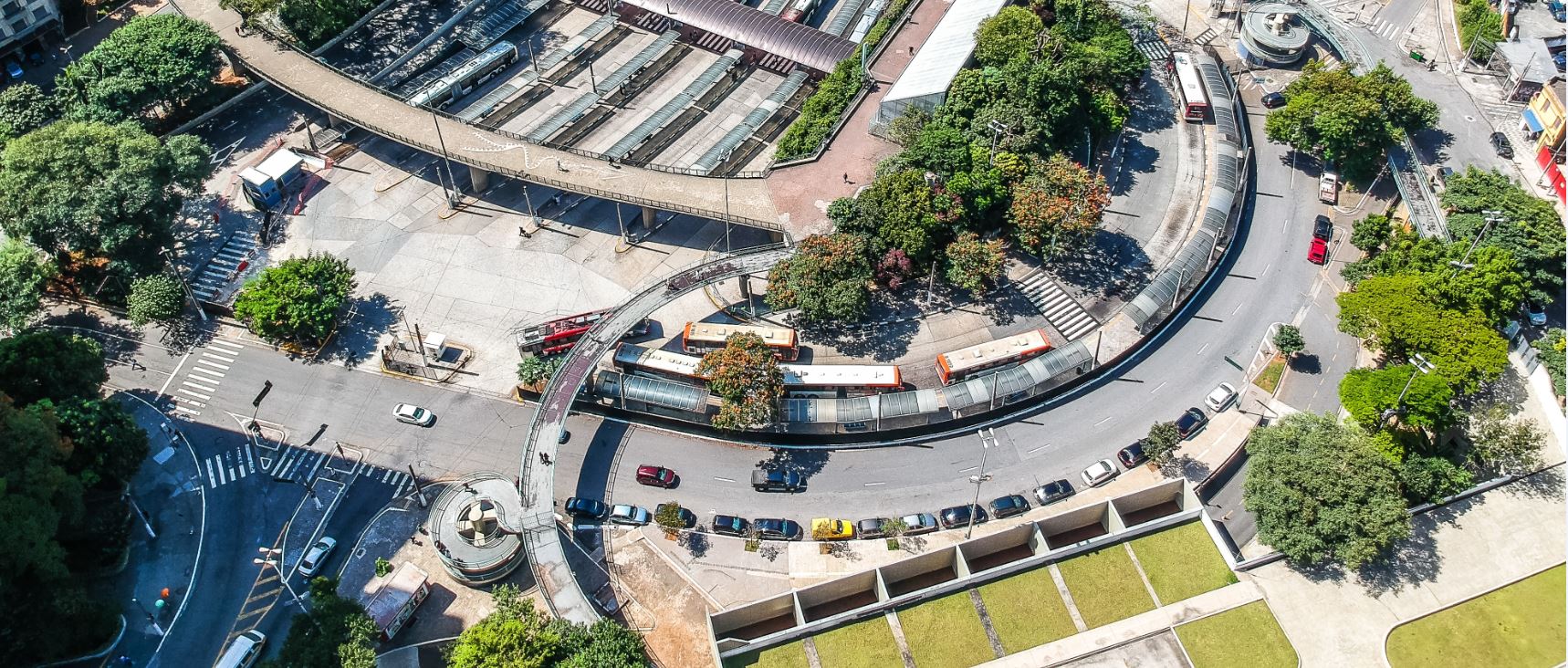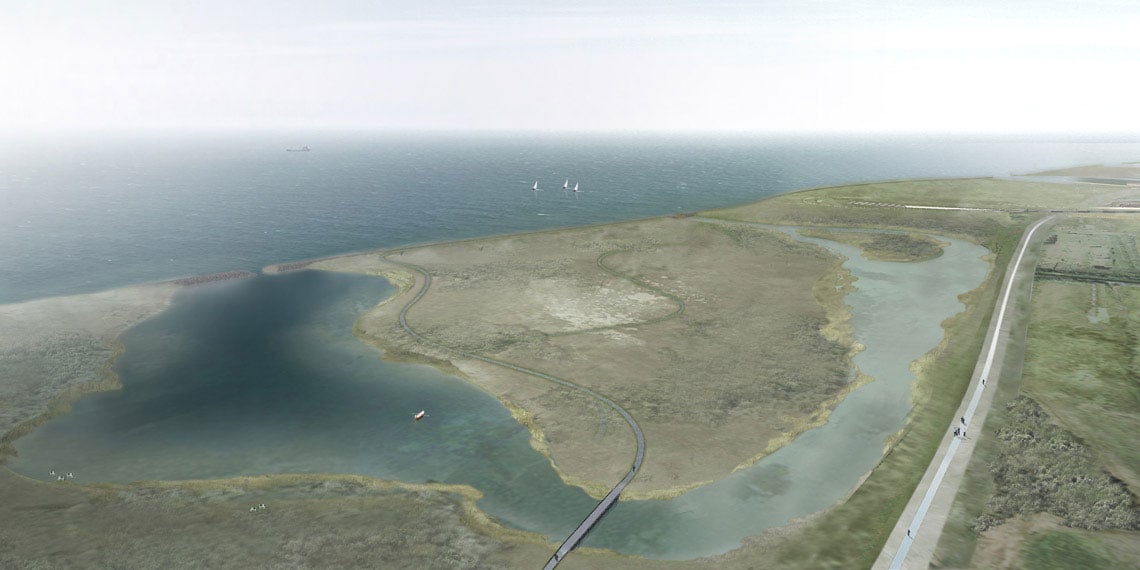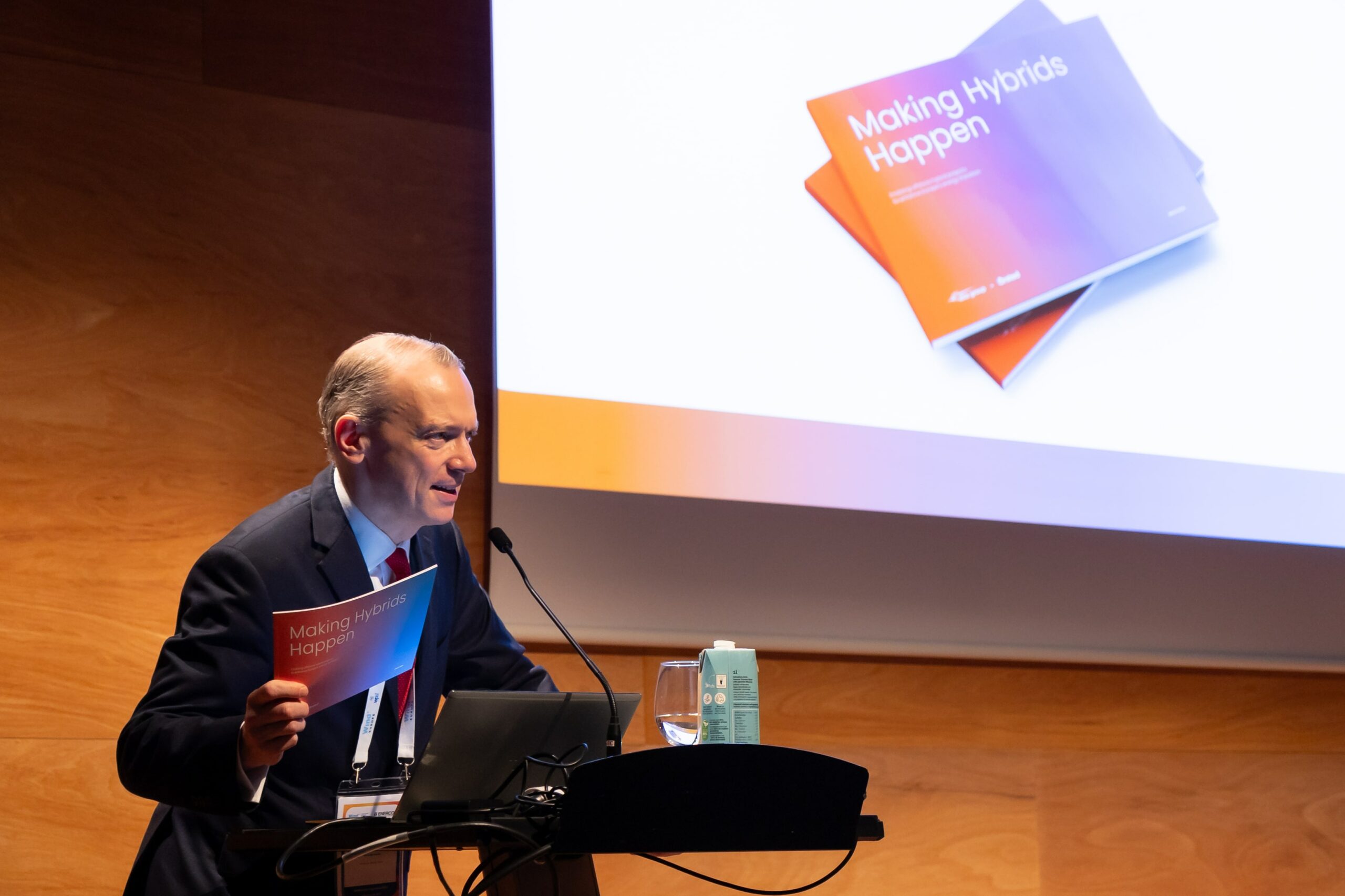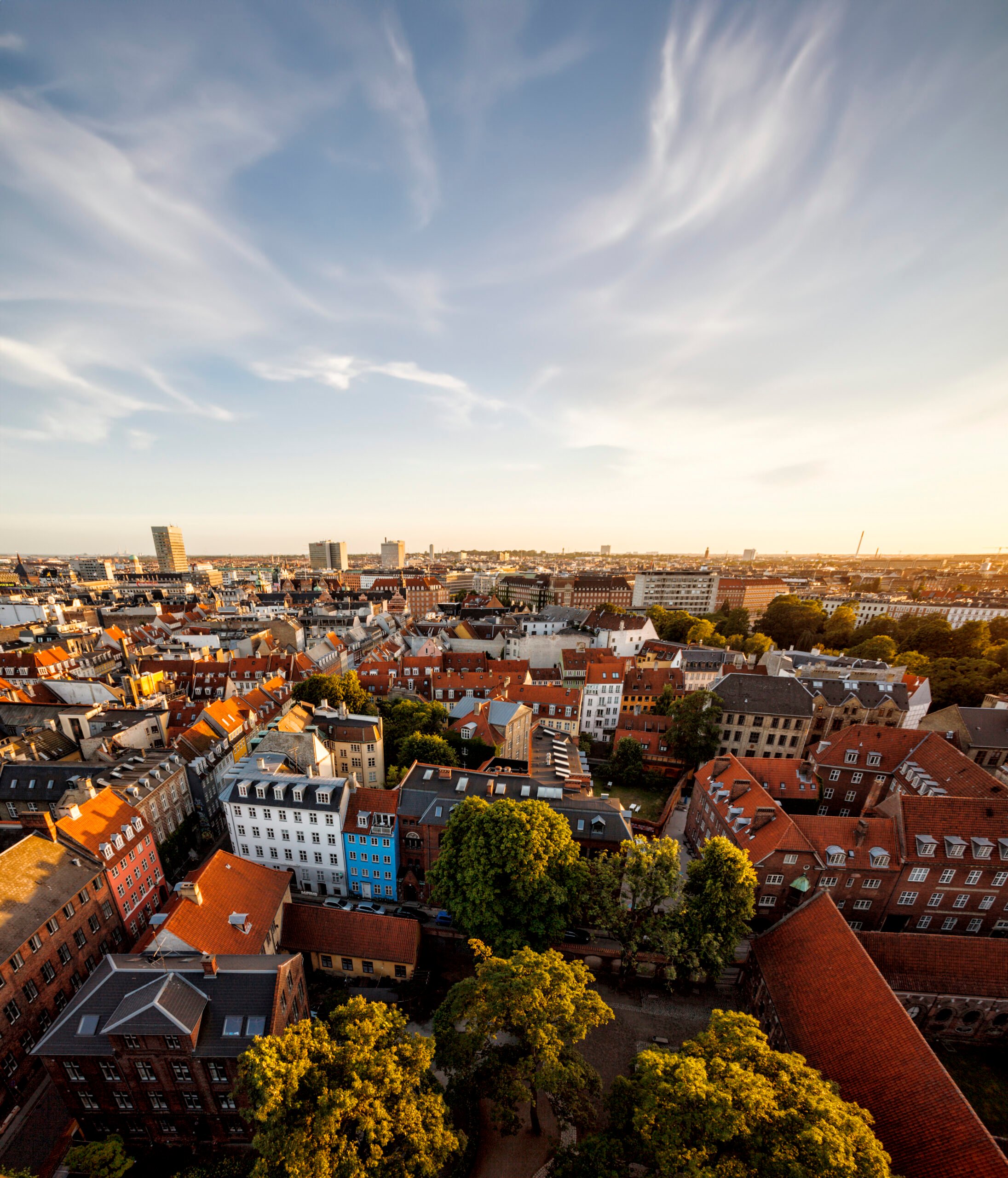News
Buildings
Climate change adaptation
Smart buildings
+2
Smart City: a driver for the green transition and a burgeoning Danish position of strength


We are moving to cities like never before, which puts massive pressure on infrastructure, energy supply and waste management. Today, half of the world's population lives in cities, and the migration is so significant that 70 per cent of the global population will live in a city by 2050, according to UN estimates. In addition, with the Paris Agreement and the UN Sustainable Development Goals (SDGs) the international society has committed to a massive green transition during the next 30 years.
“Smart urban solutions and technologies that can help drive that transformation and make, for example, traffic management, waste management and energy supply smarter and more sustainable, will have a large global market. The smart technologies will be a crucial lever to reach the SDGs for all cities on the planet,” said Neel Strøbæk, Senior Director of Ramboll and chairman of the steering committee of Smart City Cluster Denmark.
Related solution: Sollihøgda Plussby – a smart and sustainable city
35,000 more smart jobs by 2025
A new analysis developed by Damvad Analytics for Smart City Cluster Denmark – and co-financed by State of Green, shows that today there are 18,000 full-time equivalents working with Smart City in Denmark.
If Denmark gets its share of the global growth in the Smart City area, it could produce up to 53,000 full-time jobs in 2025. Meaning 35,000 more full-time employees within Smart City in six years. In comparison, 17,800 full-time employees work with insurance and pension, while 16,000 Danes are employed in shipping.
The Smart City analysis is co-financed by the Danish Chamber of Commerce, BLOXHUB, Gate 21 and State of Green.
A global market opportunity
“Denmark has a unique position to become one of the countries that is furthest ahead in creating smart cities and thus also creating a springboard for Danish companies entering a global market with very large growth opportunities. This is because Denmark is world famous for creating good, green cities for and with its citizens. In addition, Denmark has a very high degree of digitisation in both the public and private sectors”, commented Finn Mortensen, Executive Director, State of Green.
-Related solution: New bike-share system implemented in the Cities of Copenhagen and Frederiksberg
The global demand for Smart City solutions is growing rapidly. Leading analysts predict global growth within the Smart City area between 12 and 24 per cent by 2025 driven by three global megatrends: urbanisation, green transition and digitisation.
DAMVAD Analytics estimates that more than 2,300 private companies work with Smart City solutions in Denmark. At the same time, Denmark is home to leading international knowledge institutions in a wide range of Smart City focus areas. The public interest is similarly high: 66 per cent of the Danish municipalities work with Smart City, and 92 per cent indicate that they will work with Smart City in the near future.
Read the full report (in Danish)
Photo: Sergio Souza at Unsplash.com















